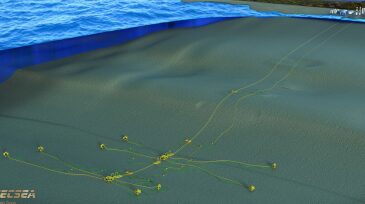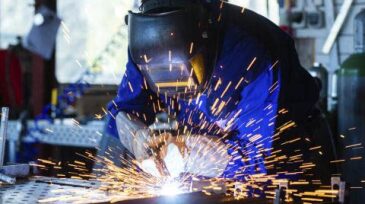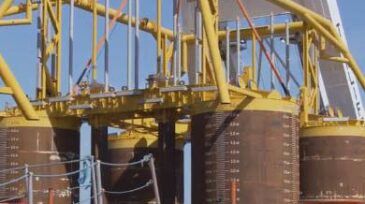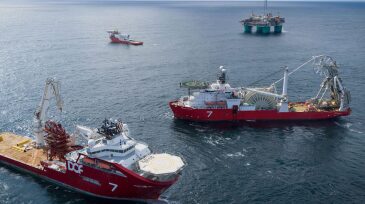Offshore/subsea systems
Vår Energi ASA and partners have officially sanctioned the Previously Produced Fields Project in the Greater Ekofisk Area. The redevelopment is expected to add high-value barrels starting in 2028, extending the production life of one of Norway’s key offshore regions.
Sponsored
As HPHT wells push equipment to the edge of material limits, operators are turning to advanced thermoplastics and sealed electrical assemblies to maintain system integrity. From ESP insulation to BOP control systems, the right component design can prevent failures, lower intervention costs, and extend equipment life in the harshest offshore environments.
The new development is estimated to hold 46 million bbl of recoverable oil and is planned to start up in late 2028.
-
This case study describes how gas condensates within a subsea tieback system behave very differently to condensed water from a wet-gas system and therefore a pseudo dry-gas system needs to be configured differently for gas-condensate developments.
-
A subsea water-treatment system designed to leverage space availability, steady temperatures, lower bacteria levels, and other natural benefits of the seabed environment was successfully installed during pilot testing at the Ekofisk field offshore Norway.
-
Aimed at streamlining manufacturing processes and significantly reducing costs, the practice provides standardized operator requirements that DNV GL says will ensure consistency in the fabrication of subsea pressure retaining equipment such as wellheads, manifolds, and jumpers.
-
Bloomberg reports that Saipem is seeking to bulk up and weather an industry downturn. A potential deal could create an oilfield service giant with more than $12.4 billion in revenue.
-
Before the dream of a “subsea factory” can come true, a group of North Sea companies will need to see if the required technology is economically feasible to build.
-
Technip Energies will work on a backlog comprising more than 50% in LNG-related business. Retaining the TechnipFMC name, RemainCo will generate nearly 90% of its revenue outside the US and Canada.
-
Subsea advancements in the works include longer tiebacks, an underwater drone that lives on the seafloor, and a robotic manifold capable of actuating dozens of valves. Do these new capabilities, born of necessity, signal a sea change in industrywide technology development?
-
The company’s new approach is designed to cut the time required to generate optimal subsea field layouts.
-
After seeing a significant increase in the price level for subsea equipment, Equinor says it is realizing the ways in which standardized subsea templates help build financial competitiveness. The new standard allowed for the installation of 14 templates in one month.
-
The completion of the subsea installation marks another major step for one of several projects scheduled to tie back to the Gjøa platform in the Norwegian North Sea. Production for the Wintershall Dea-operated project is expected to start up in 2021.













